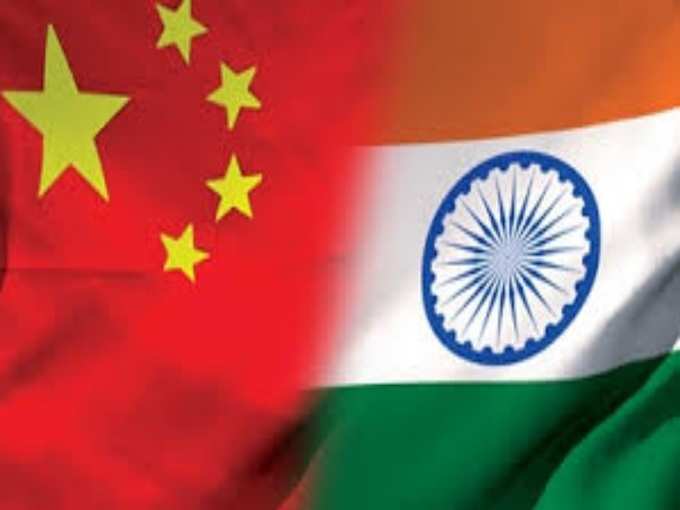
When former Union Minister
The idea was to bring together the two neighbouring countries that seemed to nurture more tension than trade. The aim was to create an ambience where trust and trade would thrive. It was all about co-operating and competing with each other for mutual benefits.
But the dream went awry as the time passed. Internal problems plagued both
Incidentally, the leaders of both nations –
Only, in India’s case, hope has taken shape with the Parliamentary elections that were held across the nation over the past few months. Indian citizens voted for their dream of seeing better days. It is not just about seeing India sprint forward, but sprint without diseased innards. While China has gone from strength to strength with shooting GDP, economic stability and prowess, and grabbed the attention of the entire world by hosting international events such as the Olympic Games in 2008, India turned out to be a lame duck during the 2010 Commonwealth Games that cost the country its image and credibility in the international arena. Corruption gnawed at the very core of the country. Economic growth had gone from bad to worse and inflation ate up the meager resources of the common man. This had to change.
Now that the internal changes have been implemented, both countries have shown strong commitment towards mitigating recurrent tension in their relationship. But even then, Tibet will always remain a painful memory for both nations. China’s partnership with Pakistan will make India uncomfortable. And Modi’s proximity to Japan’s nationalist Prime Minister Shinzo Abe makes Beijing wary. These apart, China and India have a lot to look forward to do, especially as they have common interest when pitted against the established super powers of the world.
As far as bilateral trade goes, the path adopted by the two nations is extremely dismal, compared to the potential they have. However, India’s Foreign Minister Sushma Swaraj recently met her Chinese counterpart Wang Yi in Delhi, much as a show of hope for the coming times.
China’s efficiency and expertise could make for some of the biggest exports from that nation into India’s hinterlands. Just consider this – China could be helping India meet its infrastructural needs. That is one of the ways to explore modern trade possibilities.
The keyword here is not benevolence but participation. China has been showing strong signs of moving away from low-end manufacturing to higher levels of production. India could probably explore the ways to fulfil this gap and push its manufacturing ability a few notches up, compared to other nations such as Thailand, South Korea and Malaysia, which are in the same league.
Governments of both the countries should also put their heads together in a bid to support the new-found middle class, which is expanding its base by leveraging its own strengths and fighting its own challenges. The new economy has also brought in new issues that need some redressal mechanism soon, failing which Chindia can suffer the worst nightmares of global warming.
Interestingly, India’s growth is concentrated in the urban areas although agriculture continues to claim a bigger margin of the budget year after year. Similarly, the Chinese coastline is swelling with thriving cities while areas located away from the pockets of economy await some fresh lease of life to be pumped into them. In other words, India stands exactly in the same position as China does in this respect. So it is time for both the countries to find a feasible solution and compare notes on their progress.
Indian Prime Minister Narendra Modi did send out a strong message even during the run-up to the polls, clarifying his stand on protecting the Indian borders from intruders. But when the ‘intrusion’ issues are laid to rest in an amicable manner, it will be time for both India and China to take the most feasible route of trade and support each other in the growth trajectory. It will not only help the two neighbouring nations, but will also be a shining example of how nations can be fast friends after long years of atrocities. Love thy neighbour, in true sense.